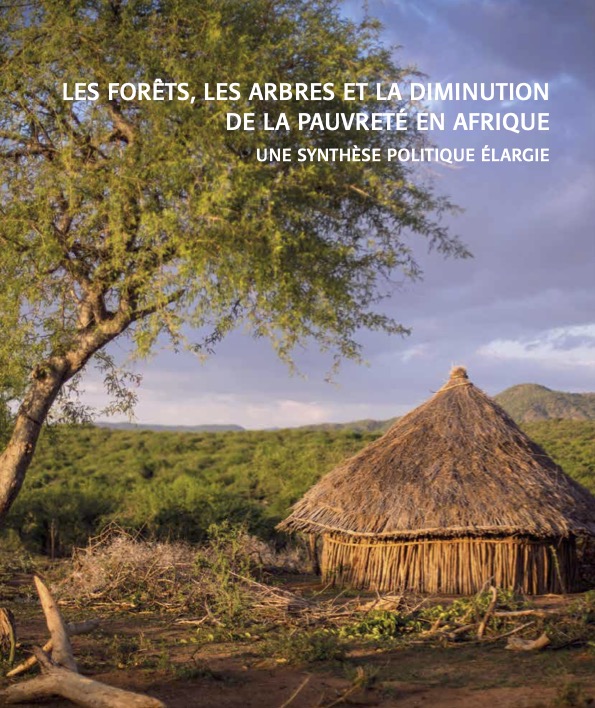Scaling up regreening: Six steps to success. A practical approach to forest and landscape restoration
In a world grappling with the challenges of food insecurity, climate change, landscape degradation, and rural poverty, regreening offers a path forward, especially in dryland areas. The transformation of degraded landscapes—restoring productivity and increasing resilience through the widespread adoption of agroforestry and sustainable land management practices—can deliver food, climate, and livelihood benefits.
Table of contents:
Part I. Introduction
Part II. How and Where is Regreening Happening?
Part III. The Impacts Of Regreening


